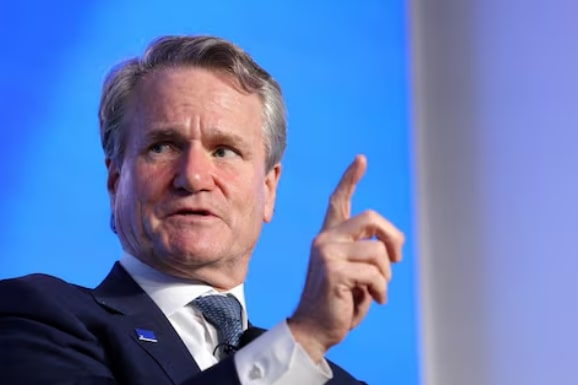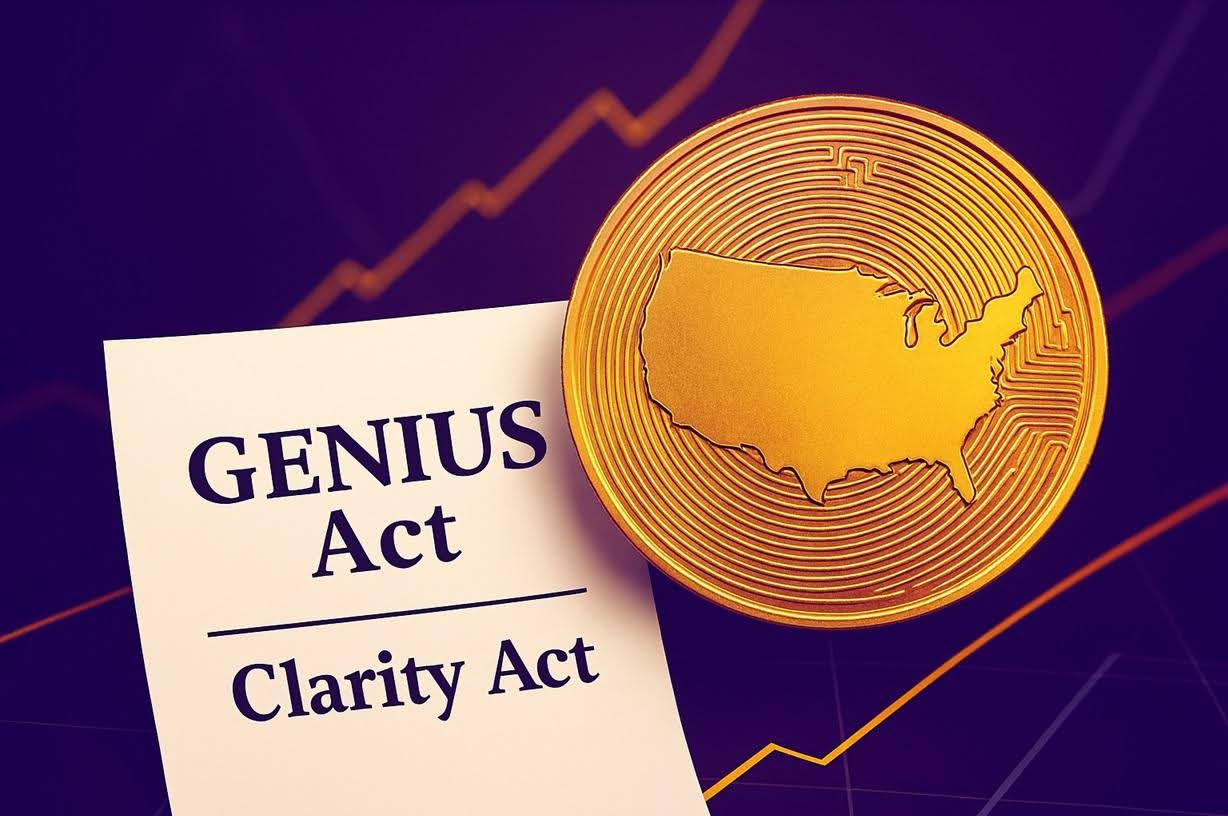Bank of America Signals $257B Stablecoin Market Entry
Key Takeaways:
- Bank of America joins JPMorgan and Citi in laying groundwork for stablecoin ventures.
- Regulatory clarity remains the biggest hurdle as the U.S. Congress debates key crypto legislation.
- Stablecoin market surges to $257B, prompting traditional banks to act after years on the sidelines.
The race for dominance in the $257 billion stablecoin market is heating up as Bank of America (BofA) joins a growing list of U.S. financial giants exploring crypto-backed payment solutions. With Congress inching closer to regulatory clarity, legacy institutions are preparing for what could be the most significant shift in payments since the introduction of mobile banking.
Read More: First U.S. Bank Issues Stablecoin on a Permissionless Blockchain
Bank of America’s Strategic Interest in Stablecoins
Bank of America is actively assessing the integration of stablecoins into its payment systems. Speaking during the Q2 earnings call, CEO Brian Moynihan acknowledged the bank has been “doing a lot of work” in the stablecoin space, although he stopped short of confirming a launch date.

“You would expect our company to move on that,” Moynihan said, referencing stablecoin initiatives. “But we still need legal clarity before anything concrete can happen.”
Moynihan’s remarks represent a departure from earlier in the year, when the bank was more tentative amid weak client demand and an uncertain regulatory regime. Now, Boa appears ready to take action, not the least because the legislative landscape is becoming more favorable.
Although no official token or blockchain protocol has been notified, however, unnamed sources point to BofA considering collaboration with the likes of JPMorgan and Citigroup to potentially announce a consortium of stablecoin initiative.
Legacy Banks Signal a Broader Shift in Crypto Sentiment
Citi, JPMorgan, and Morgan Stanley Move Forward
Citigroup, long known for its global payment infrastructure, confirmed this week that it is considering issuing a Citi-branded stablecoin aimed at streamlining cross-border payments. CEO Jane Fraser called it “a good opportunity” and emphasized the bank’s ongoing efforts in blockchain-backed token services.
Citi’s interest aligns with its existing tokenization initiatives, including Citi Token Services, already active in four jurisdictions. The bank processes over $5 trillion in daily cross-border flows, and a dollar-backed token could drastically reduce remittance costs, which Fraser says can reach up to 7% of the transfer amount in some markets.
Meanwhile, JPMorgan continues developing its JPM Coin and experimenting with both deposit tokens and public blockchain integrations. CEO Jamie Dimon, typically skeptical of crypto, struck a more open tone: “We’re going to be involved in both JPMorgan deposit coin and stablecoins to understand it, to be good at it.”
Morgan Stanley is also closely observing the space. CFO Sharon Yeshaya indicated that the company is at the exploration stage, and it is currently assessing applications with its wealth management and institutional customers.
Read More: JPMorgan Opens Bitcoin Access to Clients Amid $42B Crypto ETF Surge, but with a Catch
The Legislative Battle Behind the Stablecoin Surge
Its new popularity among the old-school financiers is not an accident. Capitol Hill momentum has been amped up in the past week, having two bills, the GENIUS Act and CLARITY Act pass procedural votes in the House.

The purpose of the GENIUS Act is the creation of a federal legal framework of stablecoins according to which issuers will be able to conduct activities in the form of stablecoins, but they are run by private companies and regulated by the government. Many financial institutions would regard its progress as a green light to it.
While House approval has been rocky especially among the hardline republicans who oppose the initiative of Central Bank Digital Currency (CBDC) but with the direct participation of President Trump; the alignment of parties seems to be changing. According to Rep. Andy Harris, GOP members have reached a deal to include “strong anti–CBDC protections” in the upcoming National Defense Authorization Act, clearing a path for GENIUS to move forward.
“Legal clarity is the key unlock here,” said a senior compliance officer at a major U.S. bank. “Without it, institutions can’t scale their stablecoin programs, regardless of technology readiness.”
Stablecoins: Crypto’s First Institutional Use Case?
Stablecoins have long been seen as the crypto sector’s bridge to mainstream finance. Unlike volatile cryptocurrencies, these tokens are pegged 1:1 to fiat currencies like the U.S. dollar, making them attractive for fast, low-cost transactions and international settlements.
By July 2025 the market value of stablecoins has exploded to $257bn, a 58% increase on a year ago. Tether’s (USDT) is far in the lead at more than $127 billion in daily volume, followed by Circle’s USDC with $16 billion, according to CoinMarketCap.
Stablecoin infrastructure is now at a parity with traditional payment networks. More value was transacted in stablecoins than in Visa and Mastercard combined last year. And that trend is likely to grow as more banks enter the market.
Competitive Pressures and Market Timing
Banks are not only reacting to legislation; they’re reacting to pressure from fintech companies who have been advocating for blockchain rails for quite some time. Startups like Circle, Paxos, and Ripple have demonstrated the power of tokenized payments to undercut traditional methods.
Bank of America, which already processes trillions in client payments annually, sees stablecoins as a natural extension of its digital capabilities. But unlike crypto-native firms, it will only move once confident in the regulatory landscape.
The post Bank of America Signals $257B Stablecoin Market Entry appeared first on CryptoNinjas.
CryptoNinjas





















